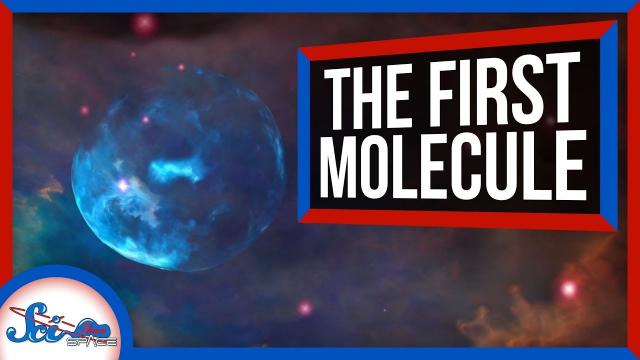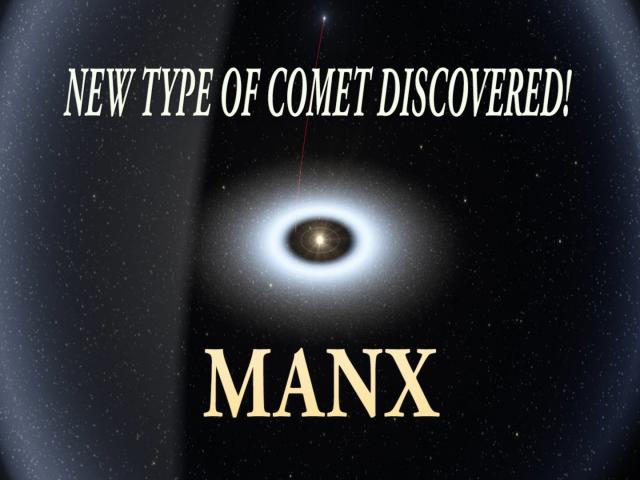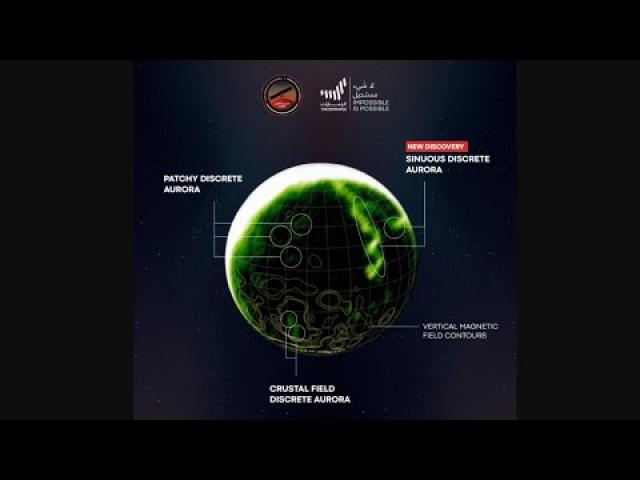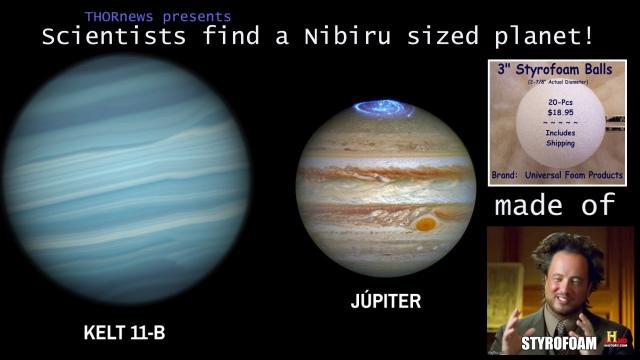Scientists Discover a new Type of Aurora. His name is 'STEVE'
Description
(i'm in a really weird mood for this one. u have been warned)
When the Sun acts weird. Space Weather acts weird. And now we have STEVE.
God bless everyone,
T
https://www.paypal.me/THORnews
Please be prepared & Stay Aware.
God bless everyone,
T
THORNEWS PO BOX 35946
HOUSTON TEXAS
https://www.patreon.com/thornews
@newTHOR on twitter
https://www.facebook.com/THORnewsgo
Steve (atmospheric phenomenon)
The wiki definition
Steve is an atmospheric optical phenomenon which appears as a purple and green light ribbon in the sky, formally discovered in 2017 by aurora watchers from Alberta, Canada. According to Eric Donovan's analysis of satellite data from the European Space Agency (ESA)'s Swarm mission, Steve is caused by a 25 km wide ribbon of hot gases at an altitude of 450 km (280 miles), wih a temperature of 3000 °C and flowing at a speed of 6 km/s (compared to 10 m/s outside the ribbon). The phenomenon is not rare, but nobody had looked into it in detail prior to that
The aurora watchers who first discovered Steve, members of a Facebook group called Alberta Aurora Chasers, initially attributed the phenomenon to a proton aurora and erroneously called them "proton arcs",[3] but when physics professor Eric Donovan from the University of Calgary saw the pictures, he suspected that was not the case, because proton auroras are not visible.[4] As he correlated the time and location of the phenomenon with Swarm satellite data, and Song Despins photo (not seen here) including GPS coordinates, the phenomenon was very clearly distinguished.[1]
One of the aurora watchers, photographer Chris Ratzlaff,[5] suggested the name "Steve" from Over the Hedge, an animated comedy movie from 2006, in which its characters chose that name for something unknown.[6] Reportage of the heretofore undescribed unusual "aurora" went viral as an example of citizen science on Aurorasaurus.[7][8]
A member of Alberta Aurora Chasers suggested "Strong Thermal Emission Velocity Enhancement" as a backronym of STEVE in April 2017,[9] which has since been adopted by the team at NASA Goddard Space Flight Center studying Steve
Steve can be spotted closer to the Equator than the aurora,[11] and as of March 2018 has been observed in the United Kingdom, Canada, Alaska, northern U.S. states and New Zealand. Steve appears as a very narrow arc extending for hundreds or thousands of miles, aligned east-west. Steve generally lasts for 20 minutes to an hour. As of March 2018, Steve has only been spotted in the presence of an aurora. Steve was not observed from October 2016 to February 2017, or from October 2017 to February 2018, leading NASA to believe that Steve may only appear in certain seasons.[12]
A study published in March 2018 by Donovan, Ratzlaff, and other co-authors in the peer-reviewed journal Science Advances suggested that Steve accompanies a subauroral ion drift (SAID),[13] a fast-moving stream of extremely hot particles. Steve marks the first observed visual effect accompanying a SAID














